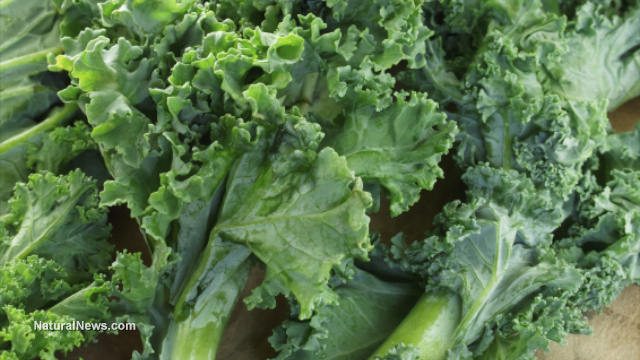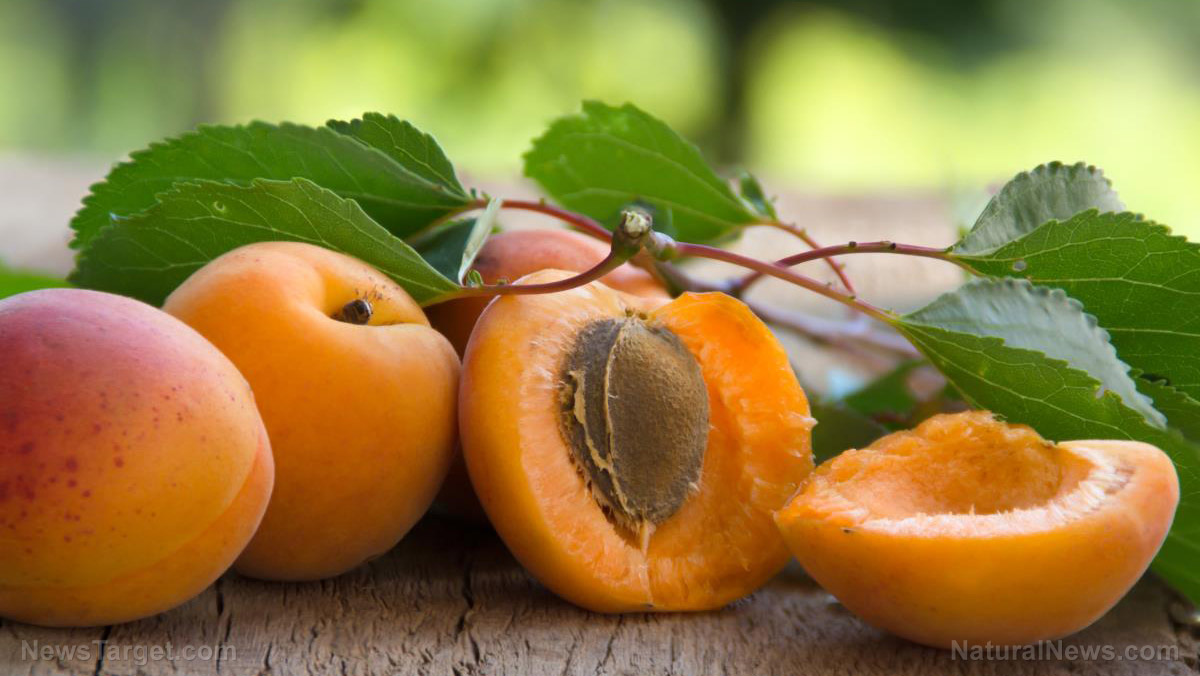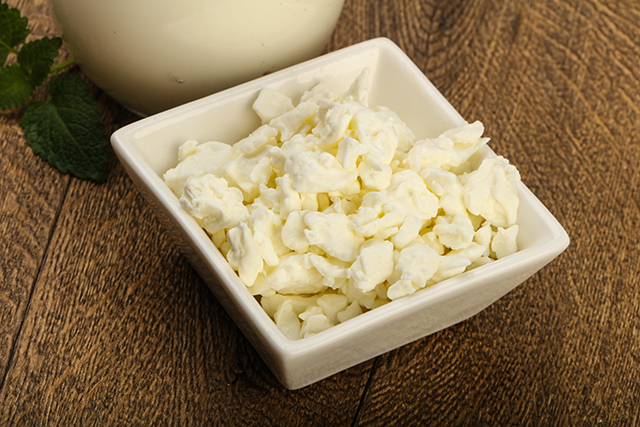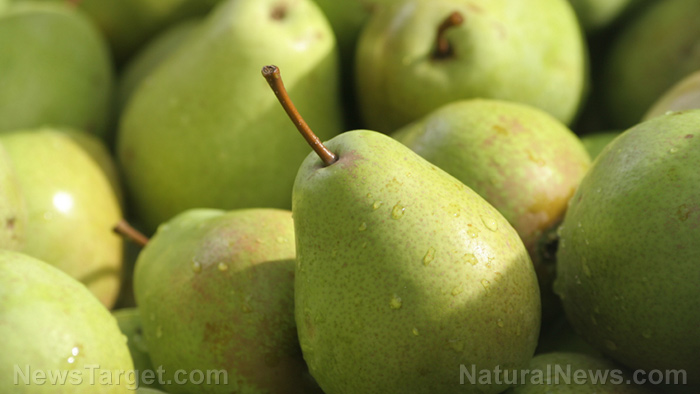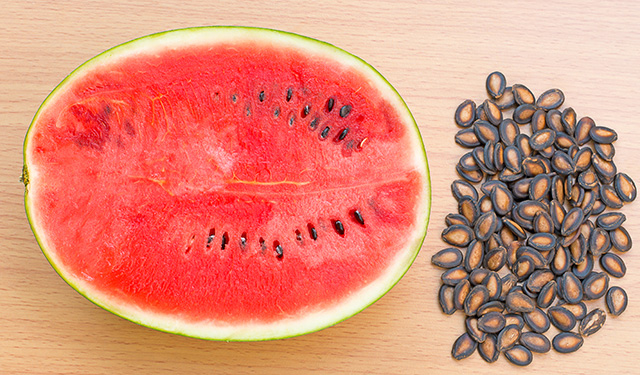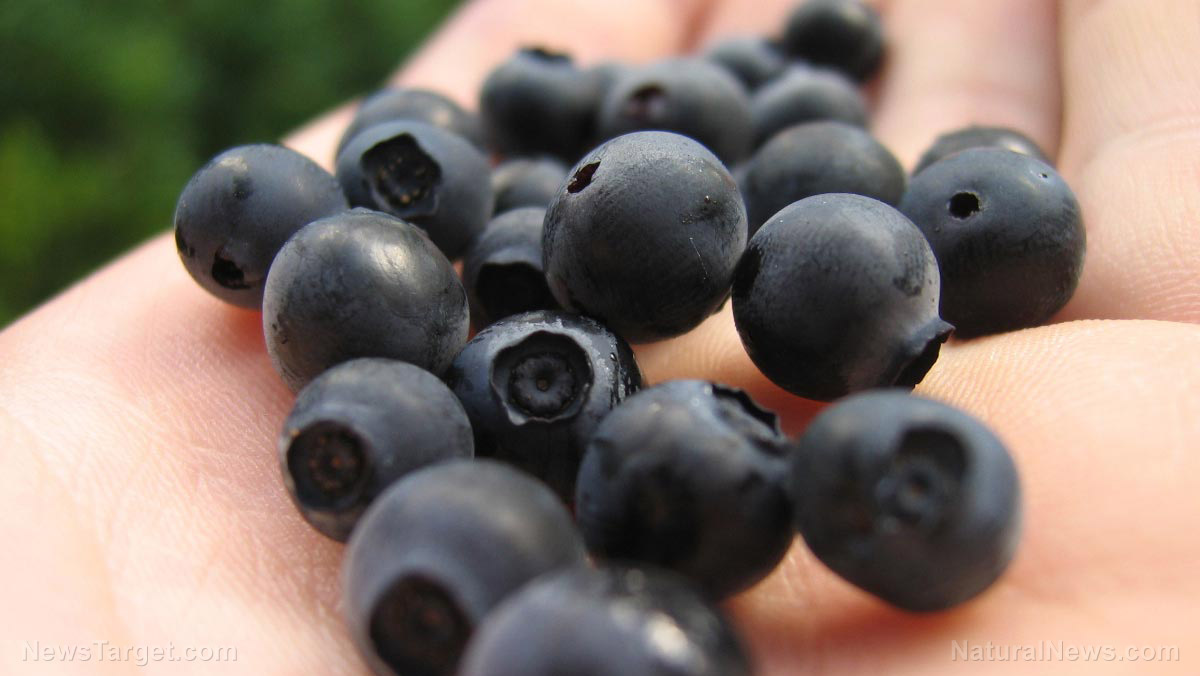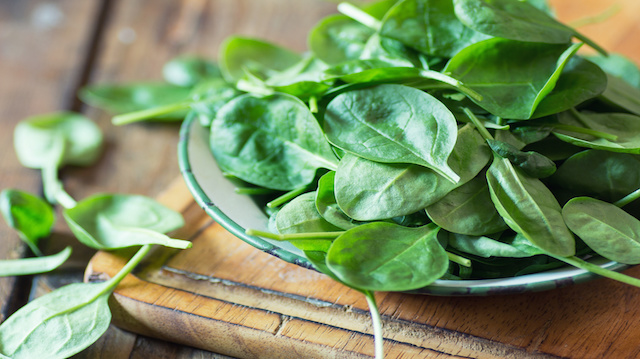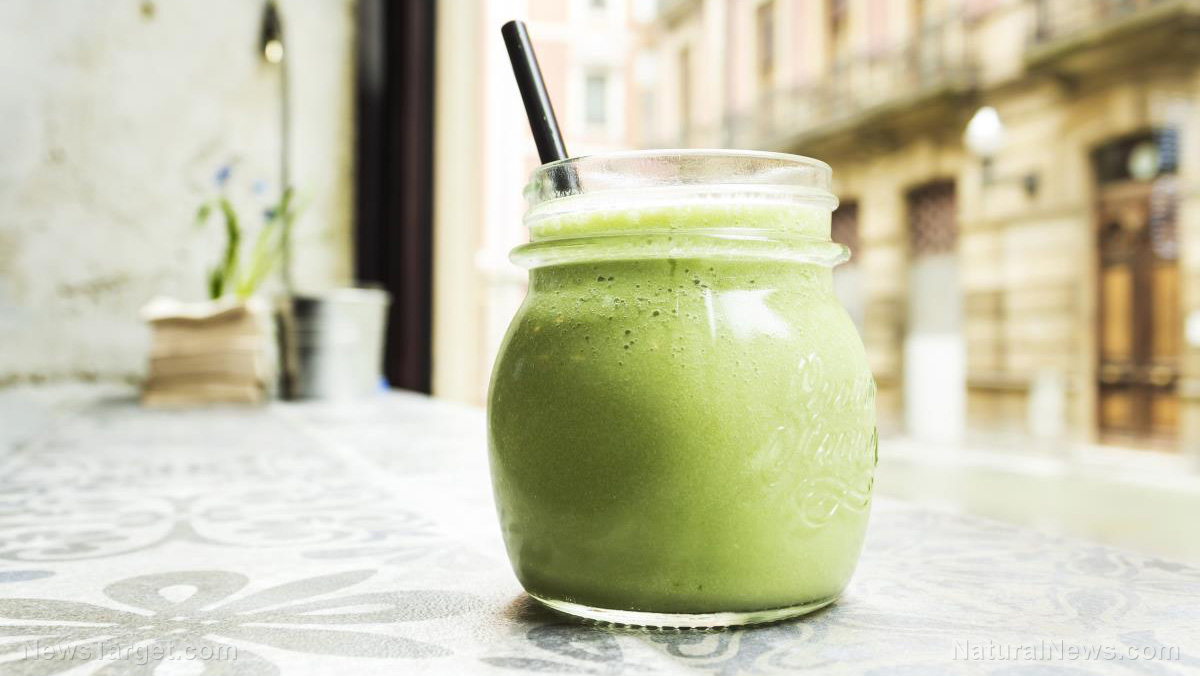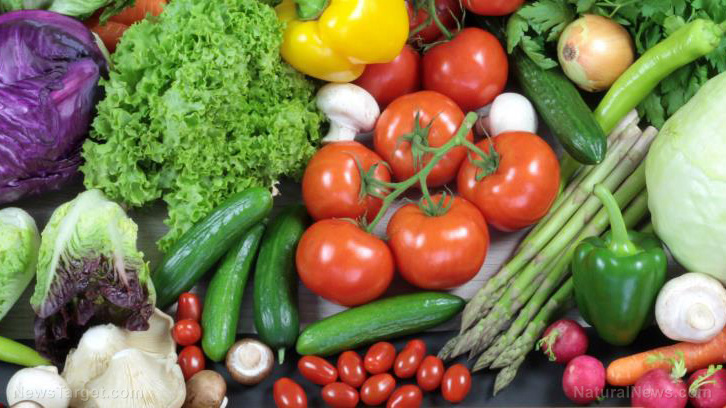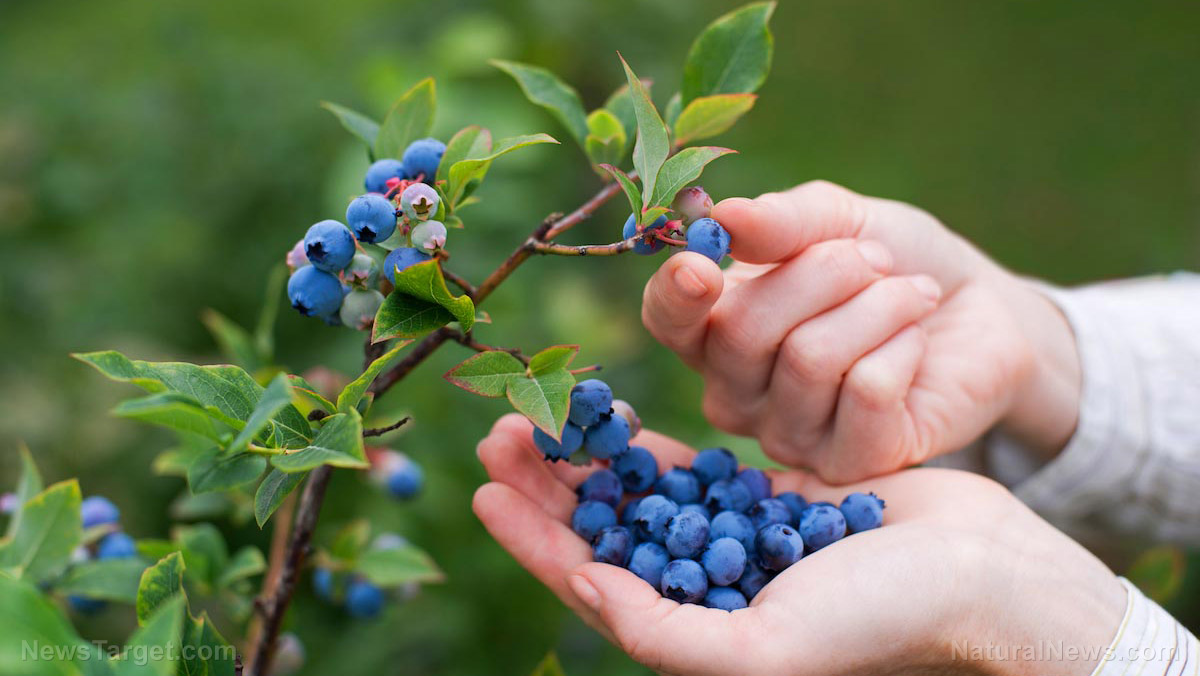How to get your community moving towards food independence
11/08/2017 / By Jhoanna Robinson

If you are interested in minimizing your travels to the grocery store, while at the same time putting up a project that you and your neighbors can benefit from and also getting the chance to grow your own food (thereby knowing that it is certifiably clean), it is time to start your local food community.
The concept of patronizing your own – from growing food locally and organically to buying only products that were made by residents within your immediate vicinity – is slowly becoming the next trend, but what the hipsters don’t know is that this concept is nothing new. We just hadn’t gotten around to doing it lately because we have been immersed in the comforts that modern convenience brings.
It takes years to create a local food community. It will be hard at first, and there will be challenges along the way, but it’s definitely a worthy investment of your time and effort. These are some of the things that you might want to take note of when diving into this endeavor:
- The first step is to grow something yourself – It’s okay to not have a backyard or a relatively large area to grow your crops in. If you live in an urban setting, there is the likelihood that you’re renting your place, and it is more than possible that your living area is just small. Let that not be a hindrance to your mission. Grow crops that can bloom in pots; there are a lot that do. This simple act of growing can go a long way towards promoting ecology, establishing your connection to the earth, and supporting your local food economy.
- Gather information from people who are experts at what you are now endeavoring to do – Who else would you talk to if you need to source information on growing plants and farming? It would probably do you a lot of good if you talk to farmers. They love to talk about what they’re doing, they have been experts in the field for a long time, and you most definitely can learn a thing or two from them. They probably have knowledge of the local land – what crops would most likely thrive in your area, and such. There is also a big probability that they know other farmers and people who might be interested in this venture of yours – this is good so you can make a quick start in pooling like-minded people that can become members of your local food community.
- Be observant of the kinds of crops that are growing in your neighborhood – When walking around your neighborhood, take note of the plants that your neighbors are growing and the condition that these plants were in when you saw them. Are there fruit trees that need tending? Are your neighbors more favorable of vegetables rather than fruits? Don’t be shy to ask for a sample of the plum that is already rotting in that tree due to utter neglect. At the same time, be willing to share the fruits of your crop if and when you become successful in your gardening endeavor.
- Don’t shy away from the wild edibles growing in the nearby vacant lot, either – Foraging is good and all, but you have to be sure that what you’re serving your guests isn’t poisonous dogwood or horse nettle, which may be full of the toxic alkaloid solanine. Also, even though wild cherry trees produce sweet fruits, their wilted leaves can produce a high concentration of cyanide, making the fruits corrupted. Invest in a book that can tell you which plants are poisonous or not, conduct an Internet search on the subject, and forage with someone in-the-know. Research on how you can use mushrooms and wild edibles to maximize their utility. Incorporate plants and flowers such as violets, dandelion, plantain, and roses to home-cooked meals and use them for their medicinal purposes as well.
- Ask for seconds – Instead of going to your local supermarket to buy vegetables and meat, why not try asking for seconds from orchards and farmers? Seconds are the unappealing bits of produce that no one would probably get when placed near other produce of better quality. This is not to say that seconds are rotten, mind you; they’re just, well, ugly. Doing so can get you a discount as farmers tend to put a low price on seconds anyway because of their diminished market value. This will not only help you save up on money, but can also be a way of showing your support to the local food community.
- It’s not only growing crops that count – A local food community is not only composed of people who grow their own produce – since food is comprised of many things, a local food community can also be made up of people who grow chickens and raise pigs or cows, people who know how to knead and bake bread, people who know how to preserve and can food. Get to know them and look for opportunities to barter.
- Advertise your intentions – Use the power of the Internet to reach out to many people and inform them of this drive that you are starting. Use a free service so that it won’t cost you anything, and so that you won’t get terribly disappointed if no one responds to your ad. You can even try putting up signs for your local food drive via a lost dogs ad.
While this endeavor is mainly focused on finding a food source and gathering and setting up food, its success relies on the interaction and relationships that you will build with the people who also want this plan to be a success. Keep your doors open for new opportunities for growth. This is a step towards gaining food independence and not relying on the arrival of crops that might be delayed because of inclement weather or transportation issues. (Related: Community Supported Agriculture: Cultivating better food and closer communities.)
Read more stories such as this one at Fruits.news.
Sources include:
Tagged Under: crops, farming, food independence, Fresh, fruits, gardening, growing plants, homesteading, local food community, local food drive, survival, vegetables, veggies and fruit


